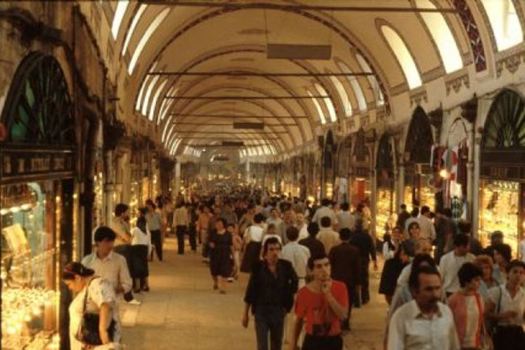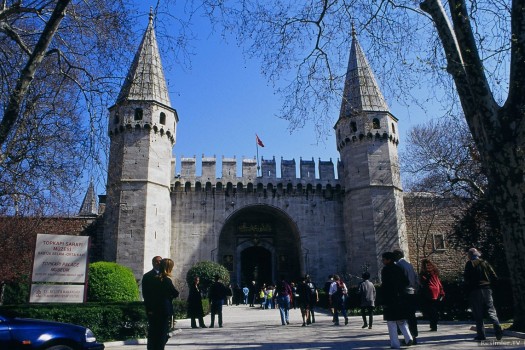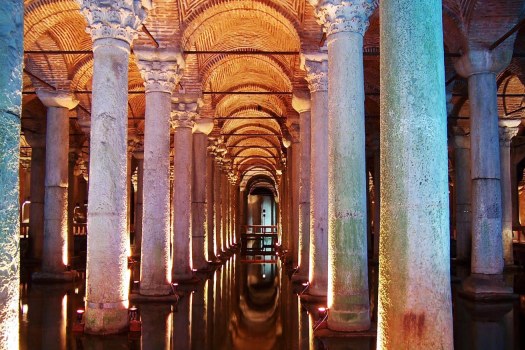Guide
BEST LOCATION
The Medar Hotel which is ideally located close to Tunel which is the end of Istikal Street, Istanbul's most popular pedestrian street, is the perfect base for visitors wishing to explore Istanbul. Most of Istanbul’s attractions are within walking distance from the Medar Hotel including the Galata Tower, the Whirling Dervish Hall, Taksim Square, the Pera Museum, the Museum of Modern Arts, the Neva Salom Synagogue, the Hagia Triada and much more.
The Taksim district, in which the Medar Hotel is situated, is a popular and lively district which hosts numerous cultural events throughout the year including festivals, art exhibitions, plays, operas and concerts. The area also offers an array of excellent restaurants, bars and cafes
Some Points Of Interest
Hagia Sophia
Emperor Justinian inaugurated theHagia Sophia Cathedral in 537 C.E. Designed by Isidore of Miletus and Anthemius of Tralles, at the time of its construction, it was the most impressive building in the world and remained the crowning achievement of the Byzantine Empire for over a thousand years. Following the conquest of Istanbul, it was converted into a mosque by Mehmet the Conqueror in the 15th century, and over the centuries that followed, minarets, tombs, and fountains were added. The huge 56-mt (183-foot) high dome, which was designed to represent the heavens, has made this an architectural marvel for centuries, but equally impressive are Hagia Sophia’s well-preserved Byzantine mosaics.
Galata Tower
Boasting panoramic views of the city and sea, this tower was built in 1348 by Istanbul’s Genoese trading community as part of their fortifications. The distinctive 62-mt (205-foot) tower with its conical roof is an icon of Istanbul, drawing visitors to its lookout as well as the base, where a lively evening scene finds people from all over the world sipping tea and chatting.
Grand Bazaar
Long gone are the days when the caravans of traders on the famous Silk Road would stop to rest themselves and their camels at the Grand Bazaar; however, the structure and layout, including the ornate ceilings, remain virtually unchanged since the bazaar was built in 1493. Explore its labyrinthine corridors and marvel at the sheer number of shops, reputed to exceed 4,000 (though no one is certain), or sit down and enjoy the scene over a steaming glass of Turkish tea.
Spice (Egyptian) Market
Built facing the Golden Horn, this 17th century market was originally an extension of the New Mosque and financed by a tax paid on the sale of Egyptian goods. Sought after for its exotic spices and oils from the Orient, today dried fruits, caviar, and Turkish delight are available as well, and at prices generally lower than in the more famous Grand Bazaar. The market is a central hub of commercial activity for the area, while the surrounding streets are full of local craftspeople and traders who offer, in addition to Turkish coffee and spices, a great selection of cheeses and olives.
Blue Mosque
Opulent domes and balconied minarets soar upwards at the Blue Mosque, one of Istanbul’s most striking landmarks. Built during the reign of Sultan Ahmet I (1603-1617), it is Islam's answer to Hagia Sophia, which it faces across a well-tended square. To this day, the Blue Mosque remains the symbol and centre of religious events in the city and is Istanbul's only mosque with six minarets, as opposed to the four of an imperial Ottoman mosque or two of a traditional neighbourhood mosque. The name of the mosque is derived from the wealth of priceless blue Iznik tiles that dominate its interior and decorate the vast central dome designed to lift all eyes heavenward.
Topkapi Palace
Home to the Ottoman sultans and their court for over 300 years, building of the Topkapi Palace was commissioned by Mehmet the Conqueror, the 23-year-old sultan who captured Constantinople in 1453, making it the capital of the Ottoman Empire and rechristening it Istanbul. The palace was constructed between 1459 and 1478 and rapidly grew to become a sprawling complex of elaborate living quarters and administrative offices. The layout of the palace consists a series of interconnected courtyards that progress inwards, becoming increasingly more secluded and private.
Basilica Cistern
The Basilica Cistern was the Byzantine Great Palace’s reservoir and is thought to have been built around 532 B.C. A forest of over 300 columns stands in several feet of water which is home to a large school of blind carp and over which wooden walkways have been constructed. One of the highlights of the Basilica Cistern is the two columns whose bases are inverted medusa heads, repurposed from a Classical temple.
Istiklal Avenue
This three-km-long (1.86 miles) pedestrian avenue is the modern heart of Istanbul, and its most vibrant cultural, dining and nightlife district. Featuring an almost bewildering array of shops and restaurants, it is also a UNESCO World Heritage Site and noteworthy for its beautifully preserved 19th century architecture. It is the perfect place for shopping, a night out on the town, or just a leisurely stroll. The historic tramway, which runs the full length of the avenue, is a fun way to take in the sights if you are pressed for time.








